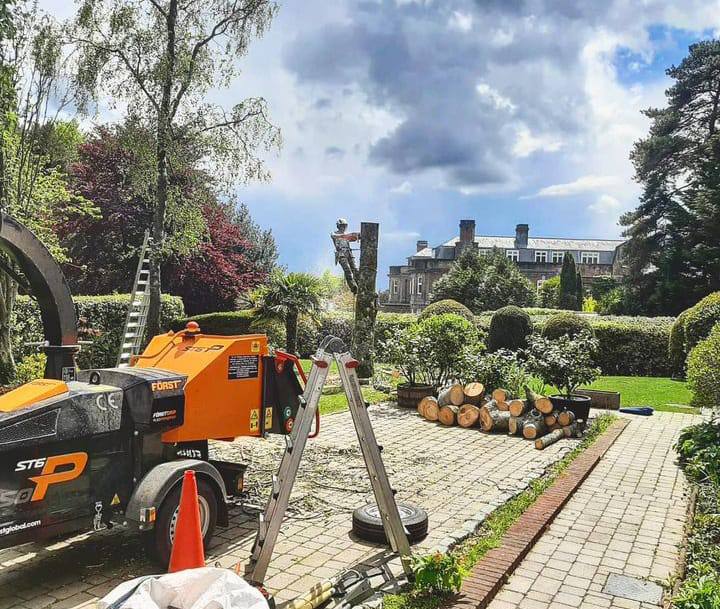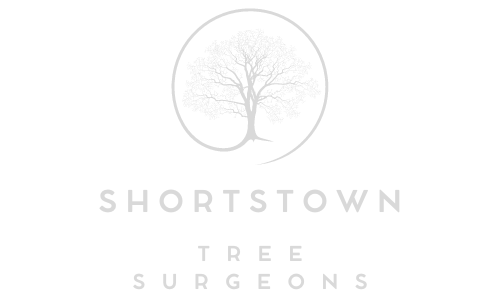Protecting Your Property: The Crucial Role of Tree Trimming in Fire Prevention
Introduction: In recent years, wildfires have become an increasingly prevalent threat, posing significant property and human life risks. While wildfires can be sparked by various factors, including natural causes and human activities, poorly maintained vegetation, including trees, can contribute to the spread and intensity of fires. At Shortstown Tree Surgeons, we’re committed to helping property owners mitigate the risk of wildfires through proactive tree-trimming practices. Join us as we explore the critical role of tree trimming in fire prevention and the steps you can take to protect your property.
1. Creating Defensible Space:
Defensible space refers to the buffer zone surrounding a property intentionally cleared of flammable vegetation to reduce the risk of wildfire ignition and spread. Tree trimming creates defensible space by removing overhanging branches, thinning out dense vegetation, and maintaining adequate clearance between trees and structures. Creating a well-maintained perimeter around your property increases the likelihood of successfully defending your home in the event of a wildfire.
2. Reducing Fuel Load:
Dead, dry, and overgrown vegetation fuel wildfires, enabling them to spread rapidly and intensify in severity. Regular tree trimming helps reduce the fuel load by removing deadwood, thinning out dense canopies, and pruning low-hanging branches. By minimising the amount of flammable vegetation in and around your property, you decrease the likelihood of wildfires taking hold and spreading uncontrollably.
3. Preventing Crown Fires:
Crown fires, which spread rapidly through the tops of trees, are among the most dangerous and difficult-to-control types of wildfires. Overgrown and poorly maintained trees are more susceptible to crown fires, as flames can easily climb from one tree to the next, creating a domino effect of destruction. Strategic tree trimming techniques, such as crown thinning and crown raising, help reduce the risk of crown fires by creating separation between tree crowns and limiting the continuity of fuel sources.
4. Maintaining Fire-Safe Landscapes:
In addition to tree trimming, landscaping practices can also play a significant role in fire prevention. Property owners can further enhance the fire safety of their landscapes by incorporating fire-resistant plants, creating firebreaks, and implementing hardscaping features such as gravel pathways and retaining walls. Tree trimming should be viewed as one component of a comprehensive fire prevention strategy to create resilient and fire-safe environments.
5. Compliance with Regulations:
In many wildfire-prone areas, local regulations and ordinances mandate the creation of defensible space and the maintenance of fire-safe landscapes. Property owners are often required to ensure that trees are adequately trimmed and vegetation is kept in check to minimise the risk of wildfires spreading. Failure to comply with these regulations can result in fines, penalties, and legal liabilities, highlighting the importance of proactive tree trimming for fire prevention.
Conclusion: Tree trimming is a critical component of wildfire mitigation efforts, helping property owners reduce the risk of ignition, slow the spread of fires, and protect their homes and communities. Property owners can significantly enhance the fire safety of their properties by creating defensible space, reducing fuel load, preventing crown fires, maintaining fire-safe landscapes, and complying with regulations.
Call us on: 01234 862 087
Click here to find out more about Shortstown Tree Surgeons
Click here to complete our contact form and see how we can help with your tree’s needs.

